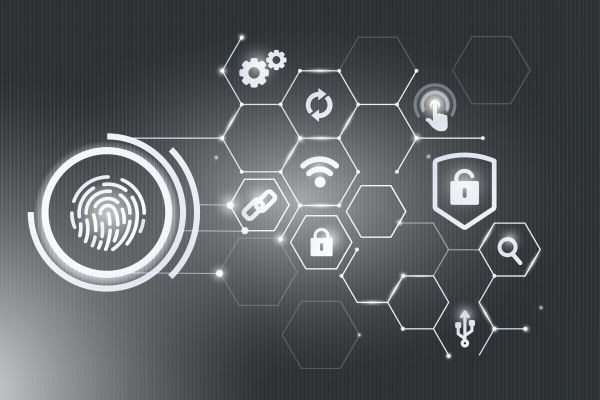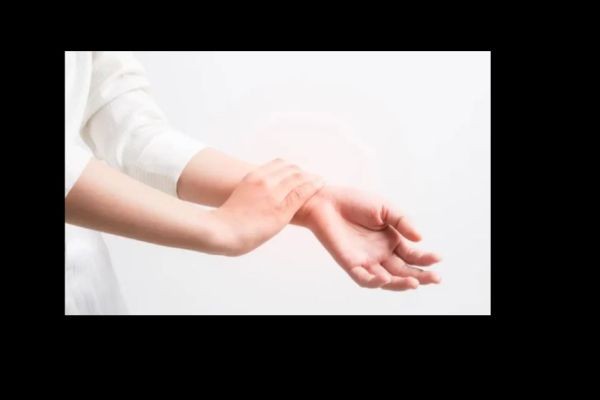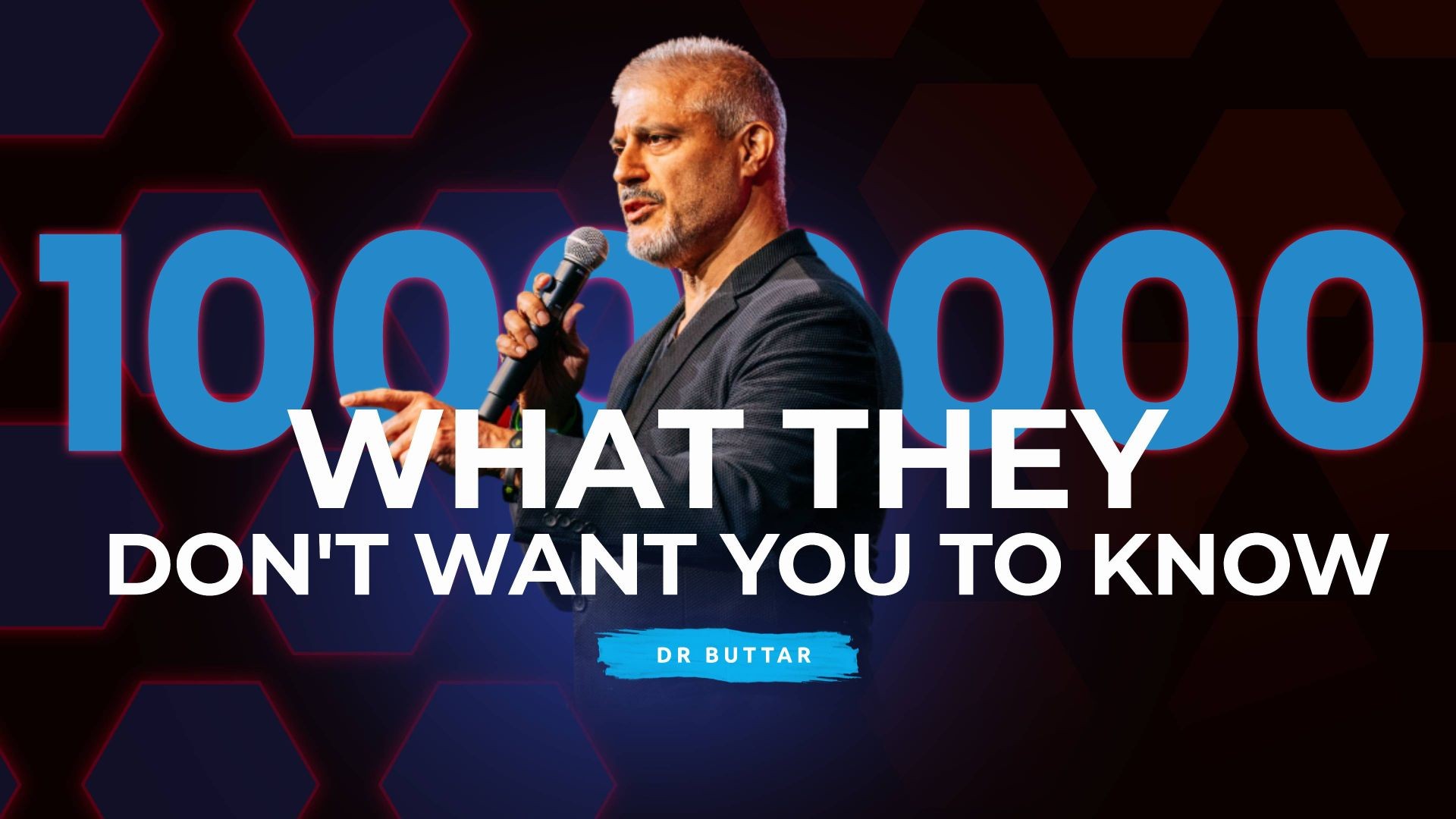Since the beginning of the pandemic, efforts have been underway to advance digital identication systems, including mobile driver’s licenses and vaccine passports. In 2020, the World Economic Forum (WEF) rolled out plans for its COVIDPass, which required users to have their blood screened at an approved COVIDPass laboratory.1
They would then be issued a QR “health code” via their cellphone, to be presented at airports, borders and entrances to various events. Of course, only those with a “passing”
result would be allowed entry, shedding light on the technology’s nefarious potential.
If you refuse to have your blood tested, or the blood test shows you’re infected, you’ll be unable to go about your daily life as you did prior to 2020. Freedoms have been blatantly lost and restricted, with many signing up for this prison-like existence voluntarily in the name of health protection.
According to WEF, COVIDPass doesn’t include tracing technology,2 but it easily could at some point. Then, your whereabouts could be tracked and your movement restricted based on what your phone’s QR code reveals about your health, your nances — or anything, really. This is only the beginning.
ID2020 Is Coming to Take Away Your Privacy, Freedom
If you haven’t yet heard of the ID2020 Alliance, this is denitely something that should be on your radar. It’s a public-private partnership founded by Bill Gates’ GAVI: The Vaccine Alliance, The Rockefeller Foundation, Microsoft, Accenture and Ideo.org.3 General partners in the alliance include, among others:4
The Learning Economy Foundation, Facebook founded by the United Nations in 2018
ID2020 began as a digital identity program for Bangladesh and has since expanded to include “the implementation of digital technologies which tie with the [Learning Economy] Foundation’s vision of a world in which learners can map their educational progress to achieve their academic, employment, and life goals.”5
In August 2021, when the Learning Economy joined the ID2020 Alliance, Ethan Veneklasen, ID2020 head of advocacy and communication, stated, “Education and workforce development represent an exciting opportunity to apply digital ID technology, especially as we think about the potential of digitally veriable educational credentials.”6
This gives a glimpse into where this technology is going. Soon, there’s no telling what you’ll be asked to digitally verify, but your “educational credentials” are sure to be fair game, along with everything else.
Global Partnership Emerges in Race for Digital ID
Not content to let a single company, state or government handle the roll out of digital IDs, the ID2020 Alliance is painting itself as the global identication superpower. “No government, company or agency can solve this challenge alone,” ID2020 states on its website. “Setting the future course of digital ID and navigating the associated risks is a challenge that requires sustained collaboration and global partnership.”7
The idea of global synchronization has a familiar ring to it, doesn’t it? In October 2022, the World Health Organization announced a global initiative of its own, called One Health Joint Plan of Action. In WHO’s case, the organization is joining forces with the Food and Agriculture Organization of the United Nations (FAO) and others to gain further control of human health and the environment.8
The ID2020 Alliance is working to become a similarly powerful entity in the realm of digital IDs. Just as WHO is working on coordinating nancing in order to achieve their global agenda, the ID2020 Alliance is similarly combining multiple globalist organizations, synchronizing their plans — and their resources. According to ID2020:9
“Ad-hoc investments in single use-case projects (“business as usual”) will be insucient to bring about transformative impact. Changing the ow of funds is necessary to re-align incentives. That’s why collaborative funding mechanisms are essential to ensure that digital ID can be a platform to enable the delivery of diverse benets and services throughout an individual’s life.”
Did you notice “throughout an individual’s life”? So the plan is for the digital ID to track you from cradle to grave. It then goes on to state that it plans to achieve its goals via the help of multibillion-dollar corporations:10
“Private sector engagement is critical for solving at scale. Alliance partners include companies with a collective footprint in the billions and a shared commitment to an ethical approach to digital ID.
Decisions about how Alliance funds are administered, which programs to fund, and which technical standards to support are made jointly by Alliance partners through a transparent governance process, preventing dominance by any single institution or sector.”
Infrastructure for a Social Credit System Laid Out
Some have speculated that the introduction of digital IDs and vaccine passports in the U.S. is laying the infrastructure for a social credit system similar to the one in China. China’s social credit system, a massive undertaking of government surveillance that aims to combine 600 million surveillance cameras — about one for every two citizens — with facial recognition technology, has an end-goal of being able to identify anyone, anywhere, within three seconds.11
At present, the system is still disjointed and focused on corporate social credit more so than individual social credit, but it’s “evolving rapidly.”12 Here’s an example of how social credit can work, from 2019 — before the pandemic, which has only accelerated data collection and surveillance measures — from Wired:13
“The criteria that go into a social credit ranking depends on where you are, notes [Mareike] Ohlberg, [research associate at the Mercator Institute for China Studies]. ‘It's according to which place you're in, because they have their own catalogs,’ she says. It can range from not paying nes when you're deemed fully able to, misbehaving on a train, standing up a taxi, or driving through a red light.
One city, Rongcheng, gives all residents 1,000 points to start. Authorities make deductions for bad behavior like trac violations, and add points for good behavior such as donating to charity. One regulation Ohlberg recently read specically addresses stealing electricity. Of course, you'll have to get caught rst or be reported by someone else.
While facial recognition is infamously used to spot jaywalkers, in some cities it's not so automated, Ohlberg notes.
Private projects, such as Sesame Credit, hoover up all sorts of data on its 400 million customers, from how much time they spend playing video games (that's bad) to whether they're a parent (that's good). That can be shared with other companies. One infamous example is Sesame Credit linking up with the Baihe dating site, so would be partners can judge each other on their looks as well as their social credit score; that system is opt-in.”
The Leash Is Tightening All Around
Programmable central bank digital currencies (CBDCs) add another layer of control. As a at currency in digital form that is programmable, it would be easy to make it so you can only spend your money on certain things or in specic places, as desired by the issuer.
Then there are the seemingly innocuous smart meters, which raise serious privacy concerns, not to mention health concerns from their related electromagnetic elds. Before smart meters were widely available, your electricity usage was recorded by a meter reader who would visit your property once a month and manually record your energy usage.
Now, this data is tracked at hourly or half-hour intervals, which energy companies are billing as a way to save you, the customer, money.14 But like digital IDs and CBDCs, smart meters aren’t there for your benet.
Smart meters do more than measure your energy usage. They’re also capable of distinguishing what type of energy you’re using. So they know if you’re doing a load of laundry, watching TV or have left your home for the day. While this might not sound nefarious on the surface, it’s an intensely personal form of surveillance — one that could easily be used against you, including to ration your energy.15
Now consider that many not only have smartphones and smart meters but also have connected alarm clocks, vehicles, refrigerators and doorbells, each of which reveals another layer of details about your most personal moments, which could be used for nefarious purposes.
As The Telegraph reported,16 Britain’s Crossbench Peer Lord Alton warned of the dangers of intertwining mass surveillance systems with daily living. “[W]e simply cannot allow the tools of genocide to continue to be used so readily in our daily lives. Mass surveillance systems have always been the handmaiden of fascism. The government should come forward with a timetable to remove these cameras and technology from the public sector supply chain.”
The End Goal? Implantable Tracking Devices
In the end, the global superpowers won’t go so far as to create a worldwide digital ID that can simply be left behind when you feel like it. They’ll want something much more permanent, something that can’t be left at home.
Sweden is one of the earliest adopters of implantable microchips. The chip is implanted just beneath the skin on the hand, and operates using either near-eld communication (NFC) — the same technology used in smartphones — or radio-frequency identication (RFID), which is used in contactless credit cards.17
Already, Sweden has become more or less a cashless society. Now, this tiny implant will replace the need for debit and credit cards all together, as well as identication and keys. To pay for an item, all you have to do is place your left hand near the contactless card reader, and the payment is registered.
An estimated 5,000 to 10,000 Swedes have been chipped so far, although Swedish authorities claim they don’t know the exact number, as there’s no central registry. In the end, everything will be connected to a single implantable device.
Right now, it’s a tossup as to whether a vaccine passport or a digital identity platform will be the foundation for what’s to come, but what is certain is that whatever it’s called, it will include your digital identity, vaccination status and other health data, along with programmable CBDCs.
Ultimately, your digital identity will include everything else that can be known about you through surveillance via implanted biosensors, your computer, smartphone, GPS, social media, online searches, purchases and spending habits. Imagine having AI listening, watching and scoring every move you make and every heartbeat, and algorithms deciding what you can and cannot do based on your behavior, expression, social contacts and personal views.
Add to that technologies that can modify your behavior and emotional state with or without your knowledge, which is what the WEF’s 2020 brieng document on the Internet of Bodies (IoB) describes,18 and the future looks like a prison-state.
To put it simply, as targetTRUTH tweeted, “ID2020 is an alliance among numerous companies to microchip every single human being on the planet.”19 In the meantime, to ensure that you can be traced and tracked at all times, WEF announced that clothing of the future will also contain built-in digital passports — and they’re slated to reach the market in 2025.20
Sources and References
1 Twitter July 3, 2022, video, 0:12
2 Twitter July 3, 2022, video, 0:28
3 ID2020 Alliance Partners, Founding Partners 4 ID2020 Alliance Partners, General Partners 5, 6 Biometric Update August 5, 2021
7 ID2020, Home Page
8 WHO October 17, 2022
9, 10 ID2020 Alliance, Why the Appliance
11 Wall Street Journal, Opinion August 28, 2019
12 The Diplomat March 30, 2021
13 Wired July 6, 2019
14 Shell Energy, Smart meters and the future of energy
15 Matthew Bell August 24, 2016
16 The Telegraph May 30, 2022
17 YouTube, NBC News October 13, 2019
18 WEF, Shaping the Future of the Internet of Bodies, July 2020 19 Twitter, TargetTRUTH November 6, 2020
20 The Vigilant Citizen June 1, 2022, #3














